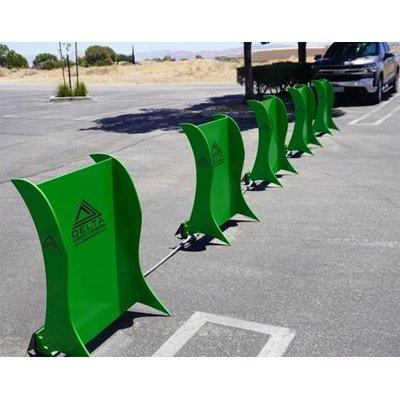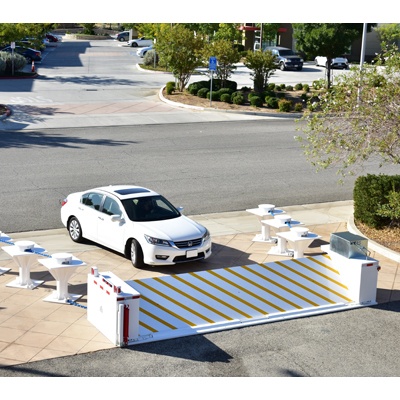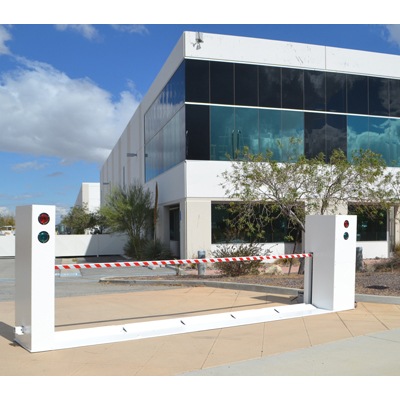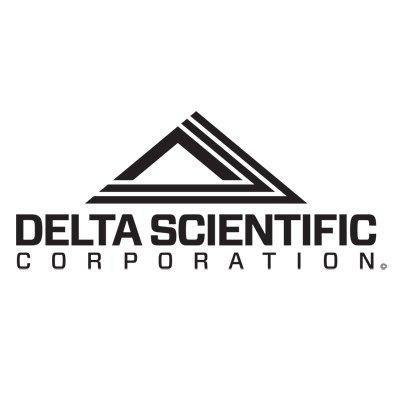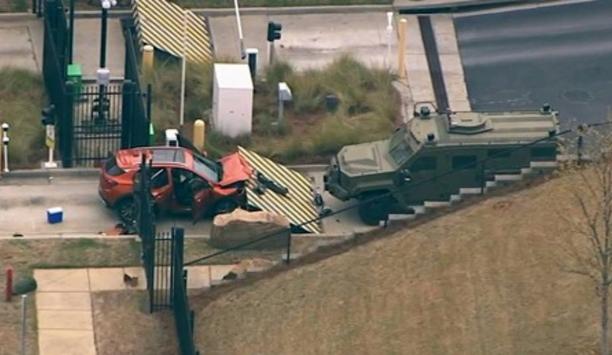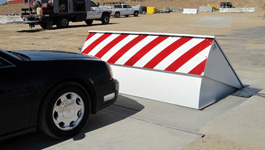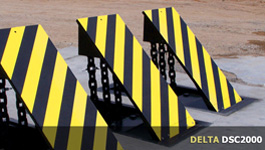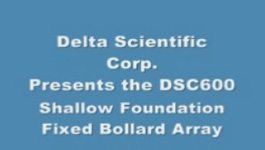 |
| The DSC800 can be a hydraulic, pneumatic, manual operation or fixed post bollard |
With its historic cultural value, and abundant foot and vehicle traffic, security measures are paramount at the Ronald W. Reagan Presidential Library and Museum in Simi Valley, Calif., where the former president is buried. Both decorative Delta DSC800 and TT210 bollard systems and a perimeter cabling systems are used to protect pedestrians, the library and museum grounds. The bollards protect the library and museum from those not authorised to enter or others driving errant vehicles but lower to let authorised visitors through. They not only complement their surroundings aesthetically, but they can stop an attacking vehicle in its tracks.
Dedicated by five American presidents on Nov. 4, 1991, this facility is much more than a library in the conventional sense. Hundreds of researchers visit Simi Valley each year to take advantage of the Library's extensive archival holdings. There are nearly 50 million pages of documentation, more than 1.5 million photographs and large amounts of film and video tape available at the library. Visitors from all over the world have also come to the site to pay their final respects to former President Reagan, who was buried there in June of 2004.
The DSC800 bollards, which lower for passing, are utilitarian or elegant, as the application requires at the Library complex. The DSC800 can be a hydraulic, pneumatic, manual operation or fixed post bollard. Its height is 30 inches and its diameter is 12.75 to 13.25 inches. It will stop a 15,000 pound vehicle going 30 mph.
Although they can be used with or without a decorative aluminium casting, the castings being powder-coated and available in a variety of styles, architects are free to design location-specific versions to match the architecture of a given facility, including emblems or logos. At the library and museum, most are white with blue stars. In some cases, the bollards are bronze.
TT210 bollards are used for intermediate level security applications and are not decorative. These bollards are also lowered for passage of authorised vehicles. They operate individually or in groups up to ten and are typically spaced on four-foot centres. The TT210 is 10.75 inches in diameter and 30 inches high. They operate individually or in groups up to ten. TT210 bollards are typically spaced on four-foot centres. These bollards are used in non-public locations more to the back of the Library grounds.
Bollards at the George H.W. Bush Library
Similar decorative bollards are also being used to protect the George H.W. Bush Presidential Library and Museum, located on a ninety-acre site on the West Campus of Texas A&M University.
The Bush Library's collections include 38 million pages of official and personal papers, 1 million photographs, 2,500 hours of videotape, and 70,000 museum objects. These rich primary sources document George Bush's distinguished public career as congressman, Ambassador to the United Nations, Chief of the U.S. Liaison Office in China, Chairman of the Republican National Committee, Director of the Central Intelligence Agency, Vice-President, and President. Included in the museum's exhibits are items ranging from a 1925 film of George Bush's first steps in Kennebunkport, Maine, to records and memorabilia from his tenure as the 41st President of the United States. The Museum also contains a special section dedicated to former First Lady Barbara Bush and a classroom designed specifically for students from kindergarten through high school.
Fencing in Simi Valley
The fencing used at the Reagan Library consists of two ¾-inch diameter steel cables suspended from line posts spaced at 10 foot intervals. Such cable systems have been tested and stopped a 4,000-pound vehicle traveling at 52 miles per hour.
Each pipe extends 44 inches aboveground and is embedded 40 inches deep in a 10-inch diameter concrete footing. The cable ends are fastened to concrete deadmen cast in the ground every 100 feet. Cables are placed at 30 inches and 35 inches above the ground. The other end of the cables are terminated with thimbled ends and attached to the anchor bolts with turnbuckles and jaws. The cables are stretched taut using a winch or come-along to tension the cable across the posts so there is no visible sag between the posts. They are then tightened with U bolts to position the cable at the proper height.
Learn why leading casinos are upgrading to smarter, faster, and more compliant systems


